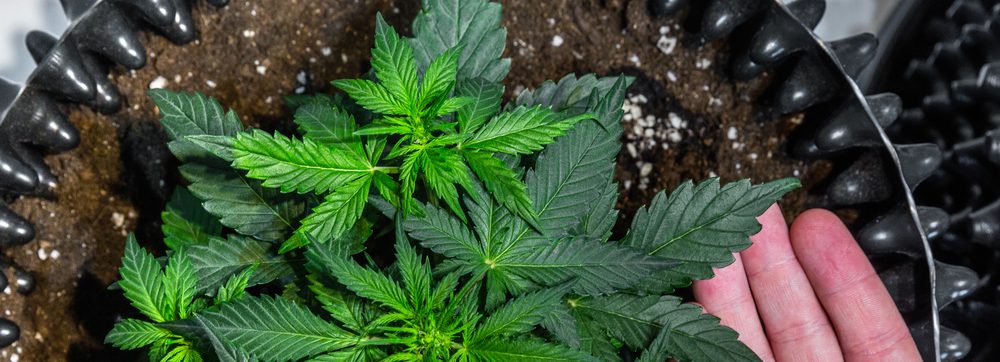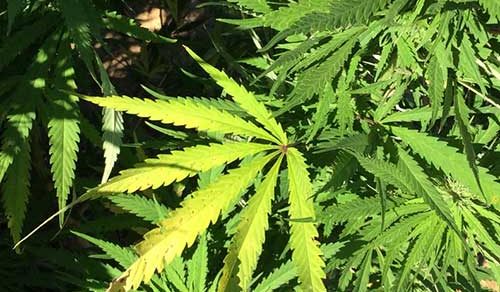Vaping has been a popular trend with the youth recently, and has the number of people engaging in it soared significantly, technically doubling yearly. It is especially enjoyed because of the flavour options and relative safety compared to smoking. However, researchers have warned that vaping THC has more adverse effects on the body than was first conceived. This article seeks to inform on the primary cause of worry regarding vaping THC.
Vaping was conceptualized around 2003 as a way of helping nicotine addicts quit traditional cigarette smoking and has consistently risen in popularity ever since. Recently, there has been a surge in vaping activity, especially among the youth, who specifically enjoy it because of the various flavour choices. Many studies have been aimed at vaporizing hemp derivatives, and the results of this fuelling the vaping vs. smoking THC brawl, with some arguing that vaping THC is more lethal than smoking. Below is a step-by-step guide to help you understand the dangers associated with vaping THC.
The contents of vape cartridges are unknown.
The structure of a vape contains a powerful battery and a cartridge containing largely unknown chemicals. Puffing activates an in-built heater that is powered by the battery. The heater will vaporize the contents of the cartridges and produce vapour inhaled by the user. Scientists have little knowledge of the chemicals in these cartridges and suspect many of them are toxic and likely to cause complications like EVALI.
Vaping intensifies the effects of THC.
In a particular study, researchers found that vaporizing THC has had a more hard-hitting effect than smoking or edibles when it comes to infrequent consumers. And this is not a good thing. The euphoric sensations elicited when taking edibles are controlled, and the user is assured of a merry good time. Smoking cannabis makes the euphoria stronger and faster but manageable for most people. Vaping THC is a guaranteed way of losing control, increasing heart rates, inducing panic attacks, and distorting motor skills, basically doing the opposite of what it was supposed to do. This is a strong point in support of smoking in the vaping vs. smoking THC campaign.
Scientists are afraid of the monster Vitamin E acetate!
When smoking any substance, a primary health concern is the chemical residue collected at the end. For cigarettes, tar was the culprit, found to be the root cause of respiratory carcinomas. Vaporizing THC eventually leads to the formation of a potentially dangerous substance called Vitamin E acetate. This toxic chemical can stay in the lungs for a long time causing respiratory complications.
This argument has been used in the vaping vs. smoking THC debate in favour of smoking since cannabis smoking leaves no such residue.
The side effects are nasty.
As much as vaping THC eliminates some dangerous toxins encountered during smoking, the effects on one’s body hardly change. The usual signs and symptoms of a compromised respiratory tract, such as persistent coughs, pain in the chest, wheezing when breathing and shortness of breath, are more intense in vaping than smoking. Thus the vaping vs. smoking THC argument leans more in favour of smoking.
Conclusion
Vaporizing THC is a ticking time bomb for all its users; because some of its contents are unknown, it exaggerates the typical effects of THC, has a toxic residue, and leads to respiratory complications. It is, therefore, decidedly safer to smoke THC than to vaporize it.



